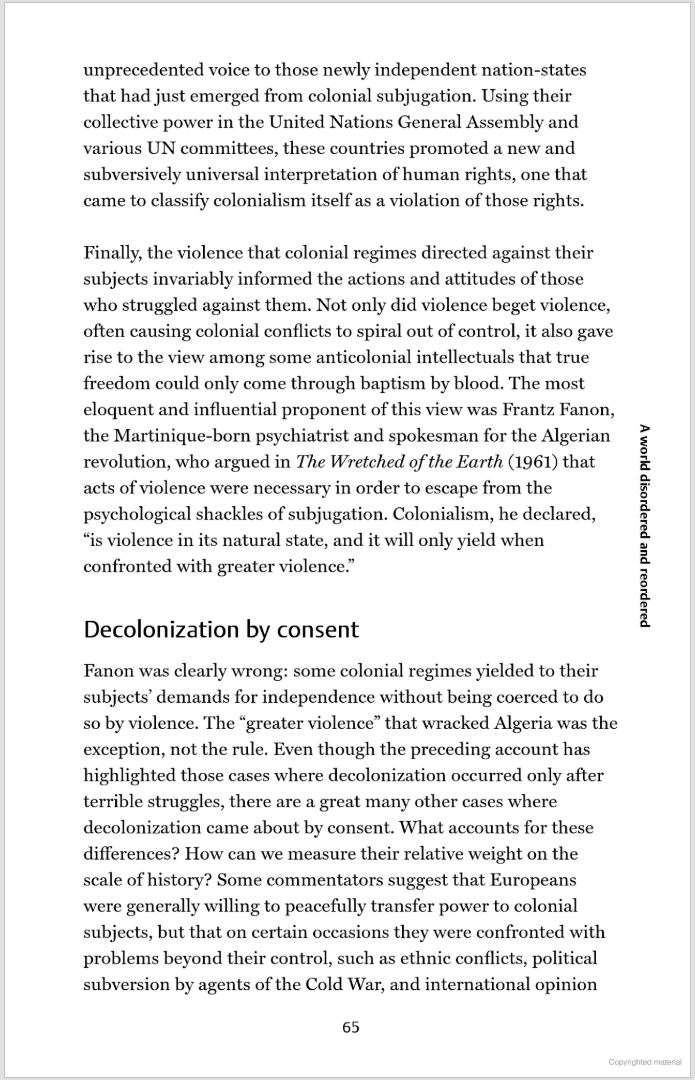The classroom, the seats, the thing that contains the writing in the front, and the professors are all the technologies that make these spaces function. How do we decolonize all this?
Due to a family situation, I was unable to make it to HASTAC 2019 this year. I was scheduled to be on a panel with an amazing group for “Decolonizing Technologies, Reprogramming Education”. The co-presenters:
- Danica Savonick (State U of New York, Cortland)
- Lisa Tagliaferri (Massachusetts Institute of Technology)
- Christina Katopodis (City U of New York)
- Raven Gomez (City U of New York), and
- Laura L. Allen (Ohio State U)
- Christina Katopodis (City U of New York)
The classroom is a colonial space. Learning is a colonial practice. This is something I explored heavily at the rise of the MOOCs in 2013 as a PhD Intern at Microsoft Research New England. The structure of a desk, a raised seat, or podium at the front, along with a screen that I control (technological control hi), looking back at people in less comfortable seats that lack vanity shields, etc, creates a dynamic that is more of a one way communication than a dynamic collaborative space. The idea that there is a central seat of power (the professor or teacher), that has the answers to the questions being asked, controls the content that will be shared and reviewed through technology that requires things to be pre-created (such as slides or video), and, at the final step passes judgment of how well a learner is was able to internalize the ideologies and relevant information of a course is a colonial project. The idea of one to many rather than learning spaces as new and evolving collectives is a colonial understanding of any learning project. This dynamic and classroom structure is something that I, as a Teaching Fellow for the duration of graduate school during my PhD would play within the courses I taught.
Here are the rules/methods I used to dismantle and disempower the seat of power in my courses*
- Day 1: Step into the classroom, occupy the seat. Do not introduce myself and just start introducing the course. The syllabus. What they will read etc.
- First, ask why the students did not ask who I was/introduction when I started running the course and just went along with it. Explain that it is a seat of power, that I am in a seat of power, and how if functions in the classroom space should feel like.
- Do introductions for the students with note cards that I will use in the future for role if required, or just to call on people because I am bad with names. On the card let them discreetly put pronouns, nicknames, things they might need to disclose like an accommodation, and a fun fact related to the course.
- After they introduce themselves, have an AMA for me. Explain they can ask anything within reason (politics, age, family, education background, interests, what I am excited about the course, ethnic background etc), and let them know this is the ONLY day they get to ask all these things*
- Have student lead introductions to new topics in pairs before I give my lectures through a presentation/conversation/dialogue/performance to the course from the “seat of power”. During their presentations, rather than sitting with the students I would sit on the periphery in a chair and listen/observe. This forced students to speak to each other rather than to me because if they chose to speak to me it was rather awkward. This also let them understand what it means to be in that seat (often when they would get to the questions portion before they asked their own question of the class, no one would say anything. I would remind them that, the thing about the seat of power is you can say anything and more often than not, no one questions you).***
- Begin the first month of course learning about the students and how they understand the topic in their own lives and world without being bogged down by theoretical language or canonical readings (this was done by reading against canon… what are the things that are missing in these theories? Often centered on race, gender, sexuality, immigration status, etc)
- Have interactive components on the screen that are updated in real time. This could be a collaborative google doc, but I prefered the anonymous etherpad to collective information in real time so as I am talking there is another place of interaction that I am not the owner of.
- Create in class workshops (with worksheets that will be turned in) on course material that feeds into a final project or paper and ensure that, by the time the student gets to the end, their ability to apply learning has been so well established that they final grade is already determined (these workshops are also time for in class office hours so office hours come to the student where they are supposed to be rather than them having to find me in my office).
- If possible, have a final project that is workshopped, reviewed, and played with during the course and presented at the time of finals. Their worksheets and in class office hours will have already reflected their competency in the course at which point the course is as close to pass fail as it can be.
*A caveat is some of these things are easier in production, performance, or upper division courses than it did in 100 level courses because at 100 level there is a foundation that has to be created so people are comfortable when they move on from the course to the next level that has an assumption that the student has a set of preexisting canonical knowledge banks in their head.
**As I was often the only black Professor people had, and I look younger than I am, and I am somewhat racially ambiguous, I found this to be helpful in getting students comfortable with me as their instructor and it also helped me learn what the students were most curious about.
*** This format let me shape my lectures around interests that came up for the students either as they presented or had a conversation afterwards. It also meant that as we were going through material I could reflect back things they had said as valid and important to understanding the topic.
Digital Tools
Collaborative Google docs (if you need sign in), etherpad (RiseUp is my favorite to use because students learn more by exploring other parts of the site: https://pad.riseup.net/), class blogs and digital participation points are ways to use digital to make a more collaborative learning experience where everyone is in dialogue or visible to each other rather than just the person learning.
Flash Workshop
Think of a learning experience you’ve had that you would have liked to shift the power of information from you to the other learners. What tools will learners need to take that over? What background information needs to be provided? What can they collaboratively figure out without your intervention?
Or
Think of learning space that you were responsible for where rather than speaking to each other learners spoke to you. How might you change the layout of the classroom to enable dialogue? If you can’t change the layout, where might you position yourself? In a corner? Laying down? A seat other than where you are expected to be? What paper tools (like think pair share, or focused feedback cards) might be used to enable more dialogue? What digital augmentation tools could be used to allow for participation that is not dependent on people “speaking up”? Do they need to be anonymous?
Share what you come up with!


